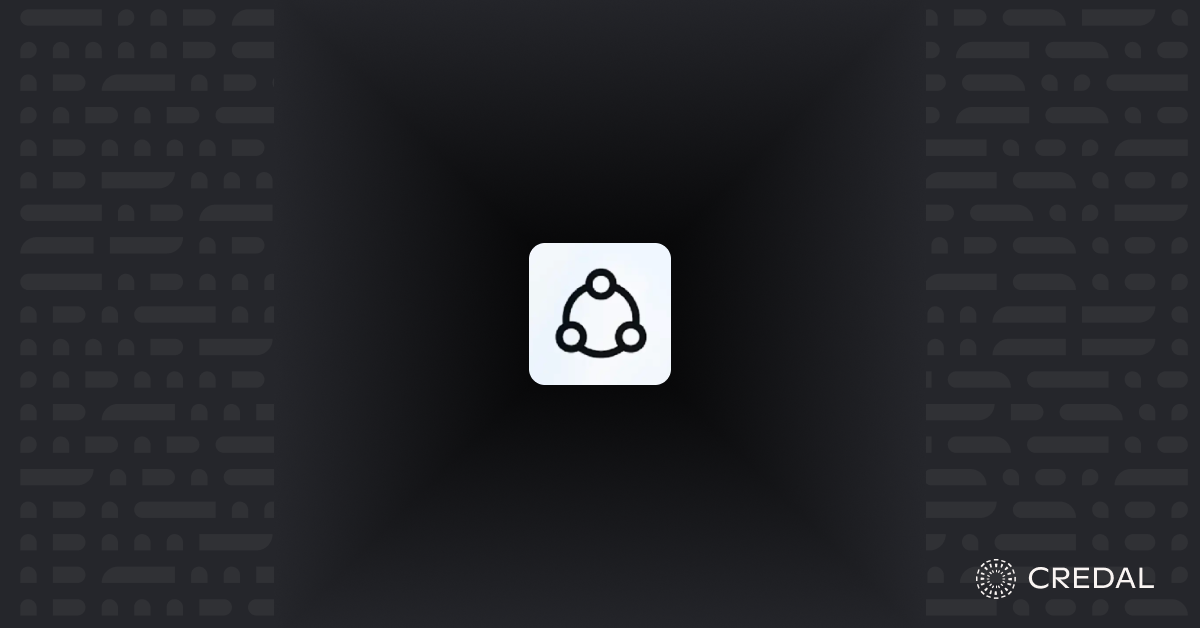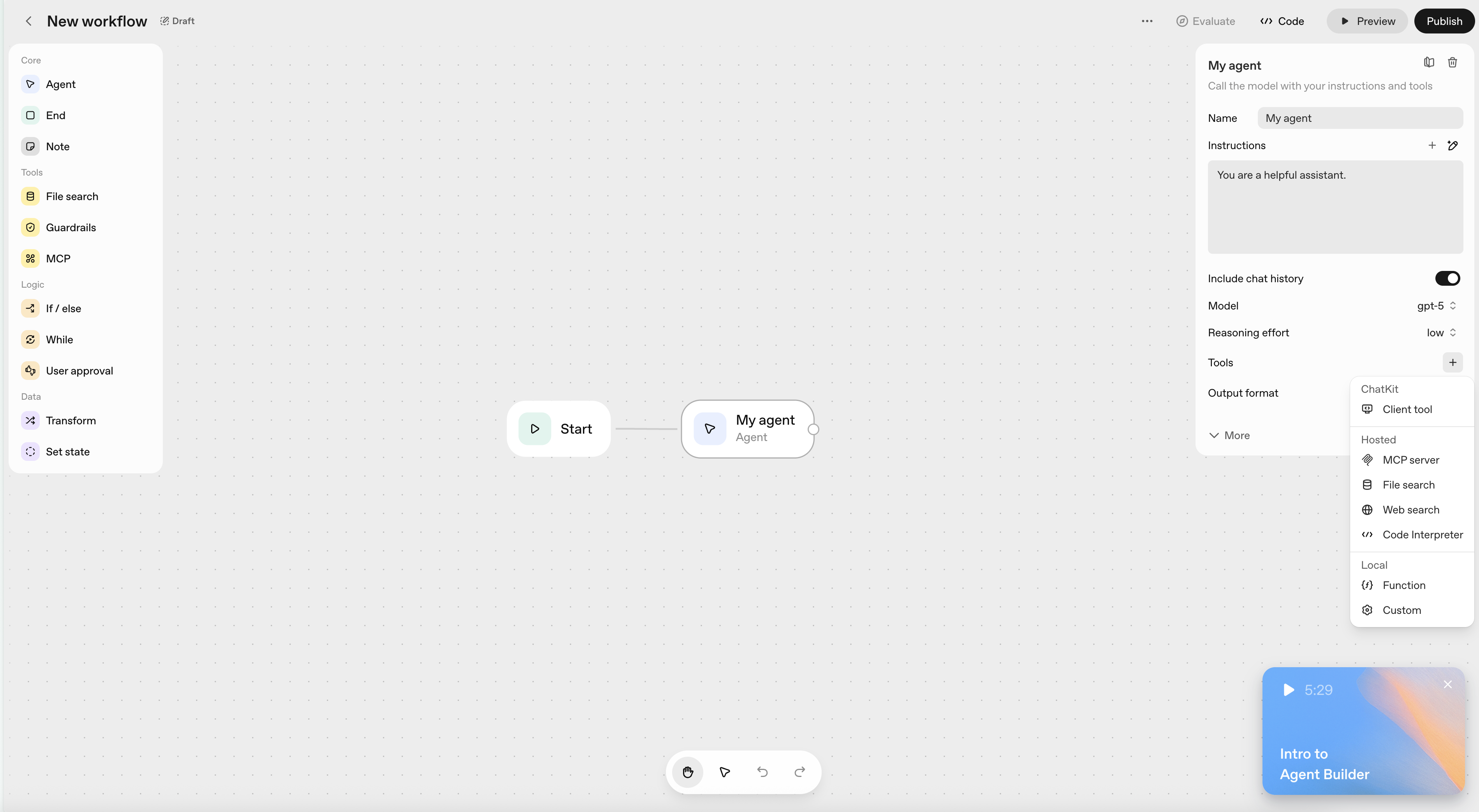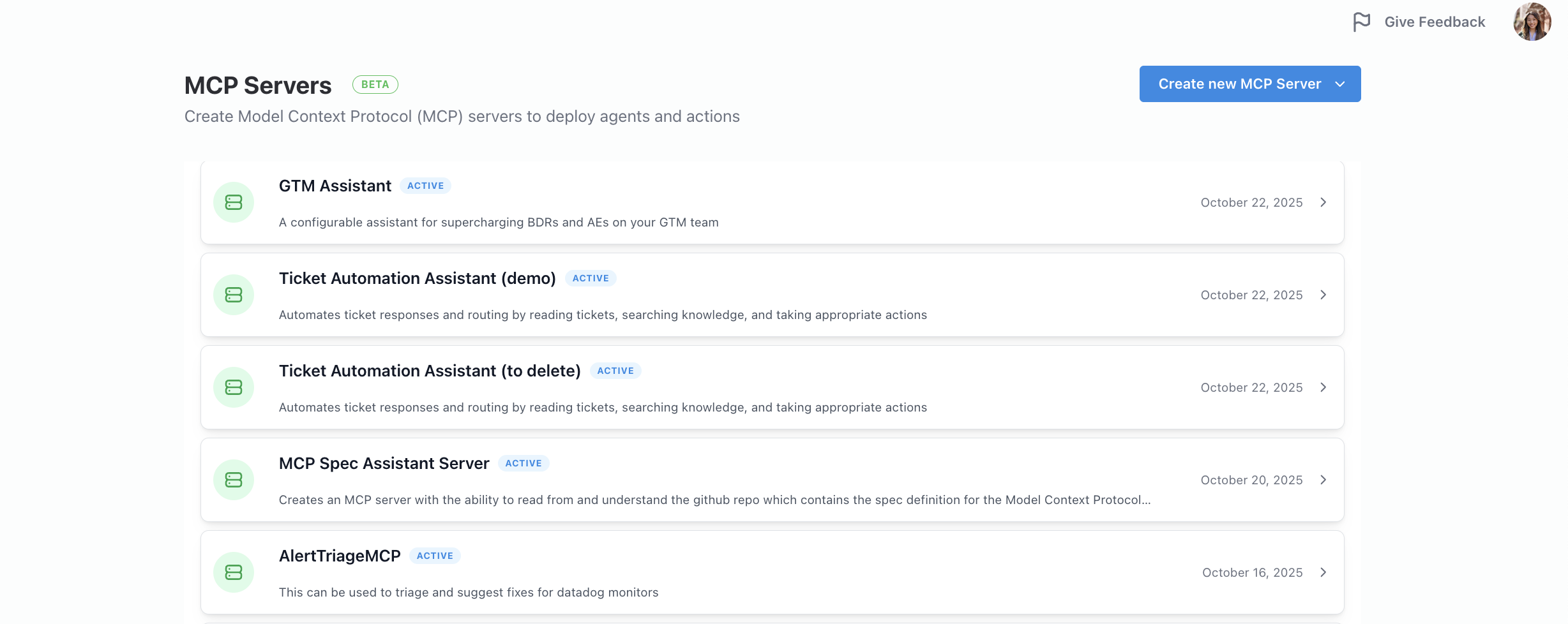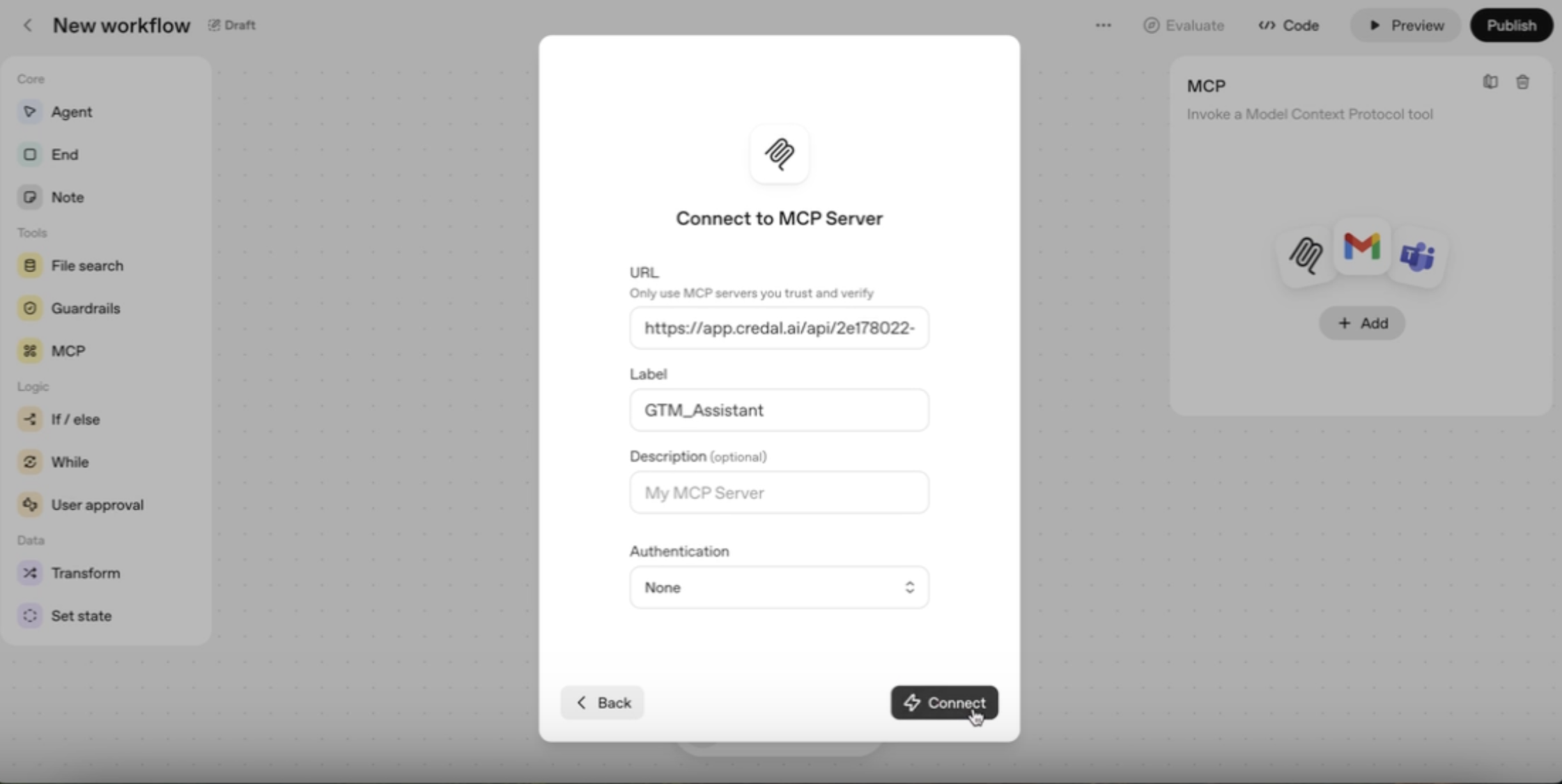
How to Integrate Third Party Agents into AgentKit
Recently, OpenAI launched AgentKit, a GUI-based toolkit to build agentic workflows from within OpenAI’s ecosystem. AgentKit is an exciting evolution of OpenAI’s massively popular ChatGPT product, making it easier for everyday developers to build AI-powered workflows from their OpenAI account.
AgentKit replaces other step-by-step workflow builders like n8n and Zapier. With it, developers can build logic-driven workflows that use AI to guide a process. It’s significantly more versatile than ChatGPT, which restricts users to a chat-like interface.
However, a common misconception is if AgentKit is an enterprise tool. By itself, AgentKit is not designed to be a scalable surface for building enterprise workflows. There are a few limitations that make AgentKit unsuitable. First, enterprises want to tap into multiple foundational models for their various strengths (e.g. Claude for coding and Qwen for math). Second, enterprises need to not only connect to third-party applications, but organize those integrations to produce consistent results (not possible with OpenAI’s flat integration system). Finally, enterprises want to produce repeatable results when employees access AI from OpenAI tools, Salesforce, Slack, and other surfaces; accordingly, AgentKit is just one of many ways to access AI but hardly the primary layer.
However, AgentKit still has remarkable promise. Previously, developers had to lean on tools like n8n or Zapier to build these step-by-step agentic systems; now, it could be done from within a company’s OpenAI account. Most importantly, AgentKit is extensible with OpenAI’s Connector Registry. Accordingly, you can integrate AgentKit with external applications, agents, and frameworks that might provide more enterprise-friendly features.
Today, we’ll cover how you can integrate third-party agents with Agent Builder, AgentKit’s UI app. We’ll also outline on why you might want to integrate Credal, an enterprise-first agent orchestration platform that has the necessary features and guardrails to scale AI for today’s enterprise teams.
What is AgentKit?
AgentKit is OpenAI’s new developer toolkit designed for crafting agentic workflows from within OpenAI’s ecosystem. Previously, developers would extend OpenAI models like GPT-5 into third-party workflow platforms like n8n or Gumloop. Now, developers can build similar sequences from their OpenAI account.

AgentKit is not designed to be an insular product. Instead, it’s a “workflow-version” of ChatGPT; just like ChatGPT, it could be connected to third-party tools and custom MCP servers.
What is the Connector Registry?
The Connector Registry is OpenAI’s new system for connecting with OpenAI’s official partners, such as Dropbox, Sharepoint, and Salesforce as well as other third-party MCP servers. For enterprise agent platforms like Credal, a custom MCP connection is necessary.
Why Integrate External Agents?
OpenAI’s Connector Registry was built to connect external B2B tools (e.g. Salesforce, Hubspot, etc) as well as external AI tooling (e.g. Credal). But why would a developer use an external agent platform, like Credal, when OpenAI has first-party support for building agents and integrations with B2B tools?
OpenAI’s AgentKit, by itself, is ideal for hobbyists and small companies. It is excellent at building simple agents, sporting a simple UI and common logic-based tooling. However, AgentKit isn’t designed for larger companies and enterprises that have hundreds of tools, require predictable results, and have heavy regulatory requirements. AgentKit does have ample integrations and can integrate with arbitrary MCP servers; however, it doesn’t have a framework layer to organize those integrations so a specific task or need will always take the same predictable path.
Additionally, many enterprises have other niche agentic needs that aren’t captured by AgentKit. For example, these include:
- Orchestrating multi-agent workflows, where multiple agents work together towards a goal, with each agent having limited and focused context to accomplish a niche goal within an enterprise’s sprawling needs.
- Configurable human in the loop, where enterprise leadership can enforce human-in-the-loop workflows for certain actions and greenlight unsupervised workflows for lower-risk agentic operations.
- Shared Memory, where memory and context are transferable across an enterprise's tech stack applications so that agents can understand when and how to call tools. For example, an agent will be being able to calculate revenue so that agents can build on past knowledge but never access knowledge that wasn’t otherwise authorized in the runtime’s context.
- Observability, where agent interactions with other agents are logged centrally so that developers can recreate issues and understand unpredictable behaviors.
- Avoiding Vendor Lock-in. Some LLMs have been proven to outperform OpenAI’s models at specific tasks. For instance, Claude by Anthropic has been a go-to option for coding. By using third-party managed agents, enterprise employees could use other underlying LLMs for specific tasks when apt.
- Discoverability, where agents can discover each other automatically, connect, and work towards something without manual human work.
- Consistent Agents, where enterprises can build verified agents that can discover and work together, without having to string together point solutions that only partially get the job done. Enterprises don’t want to borrow agents from different platforms with varying levels of version control, evaluation scores, and analytics; instead, they need a platform to build agents where engineers can debug issues equally across the entire stack.
A high-level framing of this is that enterprises have complex data, complex needs, and complex wants—AgentKit, alone, would reduce that into an unstructured mesh of integrations, workflows, and security gateways. With an enterprise-first platform, however, AI agents could be exposed to context in a way that’s safe and performant. Your recruiting workflow only needs access to your ATS and communication systems. Your PR approval workflow only needs access to Jira and GitHub.
Platforms like Credal target all of these problems, reducing the barriers for enterprises. However, in the past, this limited enterprises to launching AI products from within those third-party tools. Today, however, developers can extend access to these guided systems while still using popular prosumer tools like AgentKit by OpenAI.
How do you integrate external platforms with AgentKit?
Deprecated Connect with ChatGPT Steps
From your AgentKit UI, navigate to an Agent node. You’ll expose a menu of options.

Click on the Tools toggle. This will expose options to connect with your AgentKit workflow.

Click on MCP Server to open up the MCP server connection modal.

Click on the + Server button to connect a custom MCP server. From here, enter in your custom MCP server configuration:

To connect Credal with AgentKit, you’ll need to locate your MCP configurations from within your Credal account. After, you’ll be able to use Credal as a tool from within AgentKit.
How do you connect Credal with AgentKit?
To connect Credal, an enterprise agent orchestration platform, with OpenAI, you’ll need to provision an MCP server URL from your Credal account.
First, navigate to your MCP servers panel. From here, you can choose the right MCP server that you want to connect to OpenAI.

Clicking on the chosen MCP server, you’ll toggle open the credentials to facilitate the MCP connection with OpenAI.

Navigating back to ChatGPT, enter in the server name, description, and MCP Server URL. Do not fill in a custom OAuth URL or Secret—that’ll be automatically managed.

After clicking Connect, you’ll hit a short loading screen.

Now, Credal is available for use in your OpenAI tooling!

Now your ChatGPT agents in AgentKit can trigger Credal-managed agents for specialized tasks or delegate actions that require enterprise-level guardrails.
Why Consider Credal
Credal is the most advanced enterprise agentic platform. With Credal, developers can build multi-agent workflows that integrate with thousands of third-party tools with human-in-the-loop approvals and portable memory. Credal integrates with AgentKit, ChatGPT, Claude, n8n, Gumloop, Salesforce Agentforce, Slack bots, and more. Accordingly, organizations can use Credal to produce predictable AI responses while allowing employees to access AI from whatever tooling they prefer.
Closing Thoughts
AgentKit ushers in the next generation of agentic development—bringing OpenAI’s foundational models into programmable autonomy. By linking AgentKit with external agent platforms through the Connector Registry, organizations can combine ChatGPT’s cognitive capabilities with enterprise governance.
Together, they enable a secure, composable future for AI agents—one where ChatGPT agents can safely collaborate with enterprise-grade systems to get real work done.

